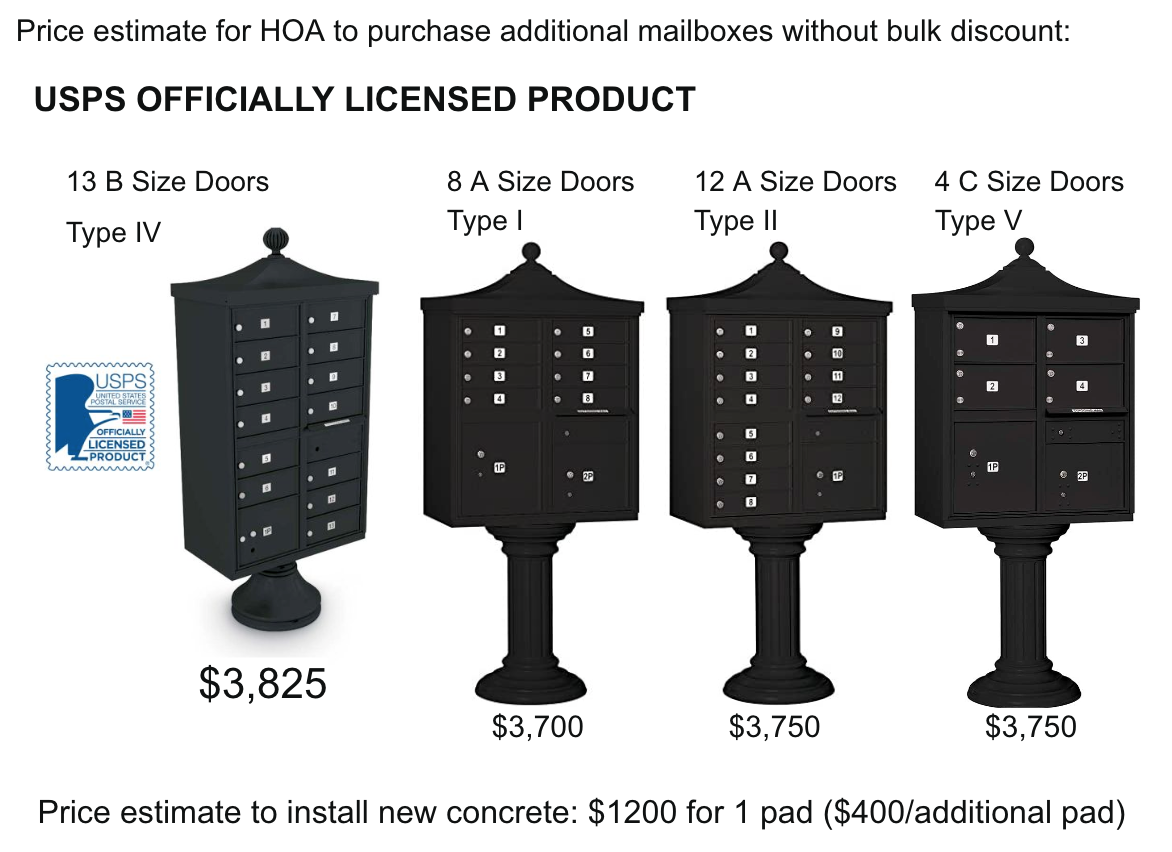Stonebrook Newsletter April 2025
🌼 Annual Stonebrook Neighborhood Yard Sale 🌼
📅 Saturday, May 10 & Saturday, May 17, 2025
🕘 9:00 AM – 2:00 PM | Rain or Shine!
It’s time to clean out your garages, declutter those closets, and get ready for our beloved annual Stonebrook Yard Sale! Whether you're selling treasures or hunting for bargains, this is the perfect chance to connect with neighbors and enjoy a weekend of community fun.
✔️ Set up your sale in your own driveway
✔️ Participate one or both Saturdays
✔️ No registration required – just show up and sell!
💬 "The best part of the Stonebrook Yard Sale? Meeting new neighbors and finding that one-of-a-kind item you didn’t know you needed!"
So gather your goodies, hang some signs, and invite your friends. Let’s make this year's sale the best one yet!
Let’s clear out, cash in, and connect. See you there!
Need help spreading the word or want to volunteer to post signs?
Contact Jamie Braithwaite at 208-254-1119 or submit your information online https://www.stonebrookhomeowners.org/contact
🏡 Stonebrook HOA Annual Member Meeting 🏡
📅 Monday, August 11, 2025
🕕 7:00 PM – 7:30 PM
📍 Idaho Falls Public Library (Meeting Room TBA)
💻 Zoom option also available
It’s time for our Annual Stonebrook HOA Member Meeting—a chance to review what’s been accomplished, discuss community goals, and plan for the future together.
All homeowners are encouraged to attend!
Your voice matters in decisions that impact our neighborhood.
Agenda Highlights:
Board updates and financial summary
Upcoming community improvements
Open discussion & Q&A
Voting on open board positions
📬 Zoom link and meeting documents will be emailed prior to the meeting.
Let’s work together to keep Stonebrook a vibrant, connected, and thriving place to live. We look forward to seeing you there—in person or online!
Questions or agenda item suggestions? Submit online https://www.stonebrookhomeowners.org/contact
📢 Help Keep Stonebrook Safe & Beautiful
Report Violations Online Anytime
We all play a part in keeping our neighborhood a clean, safe, and welcoming place to live. If you notice a concern—such as trailers, trees, trash —you can submit a report quickly and easily through our website or scan the QR code with your phone.
🔗 Submit a violation here:
www.stonebrookhomeowners.org/report-violation
All submissions are confidential and help us address issues in a timely and respectful manner. Thank you for doing your part to help Stonebrook thrive!















